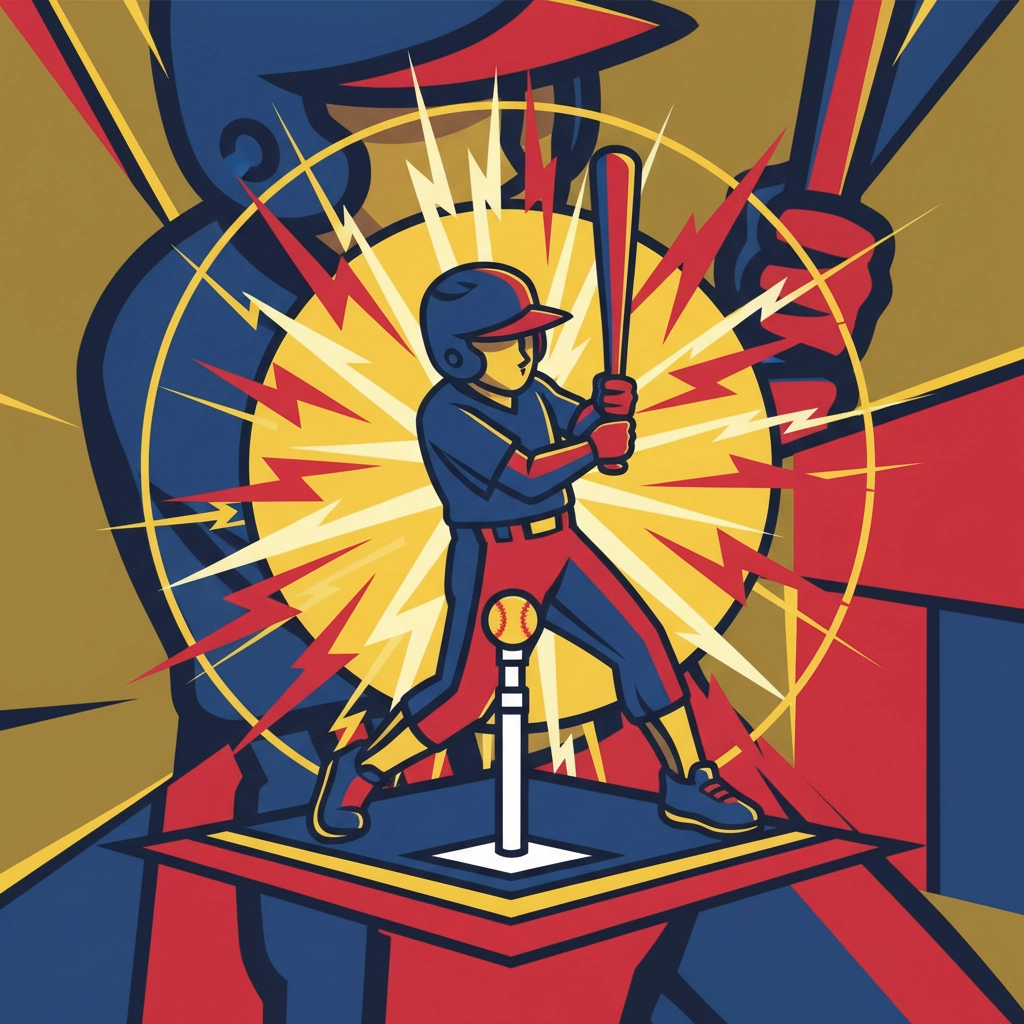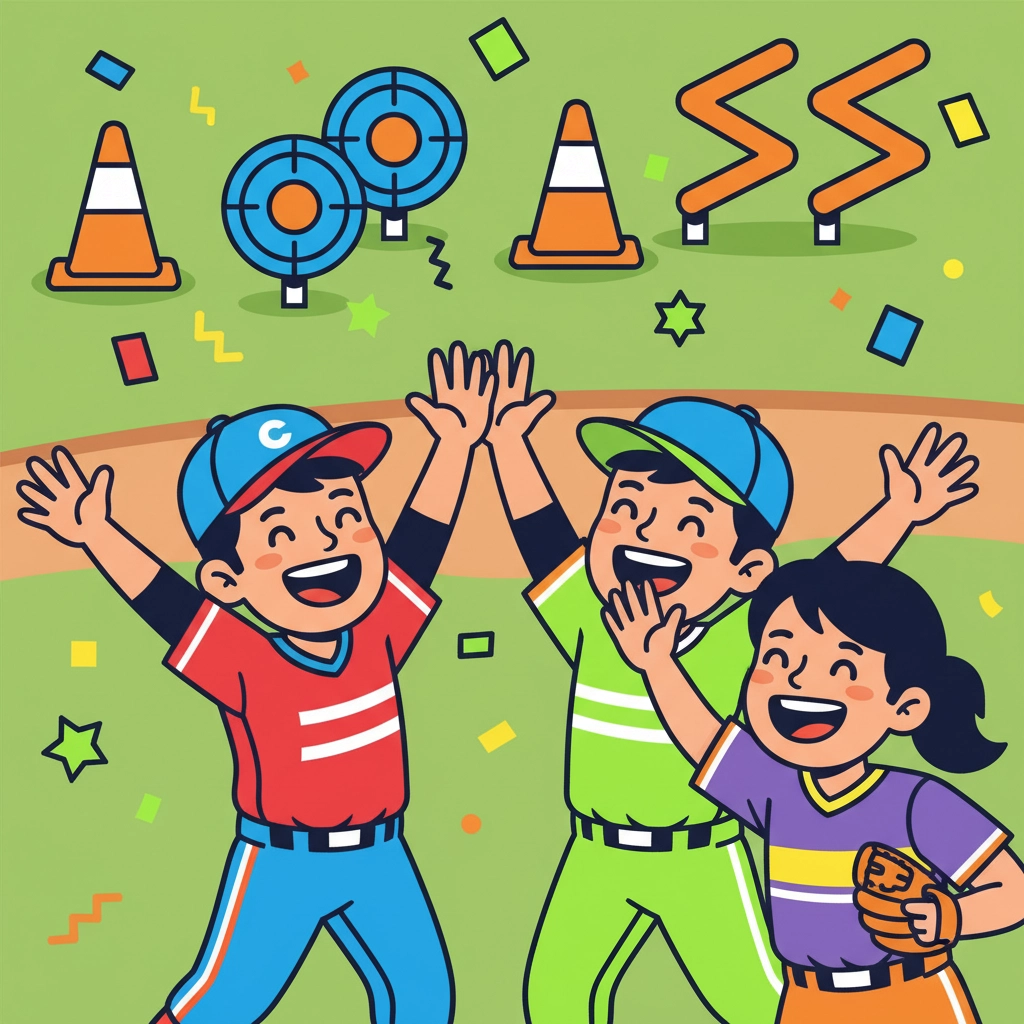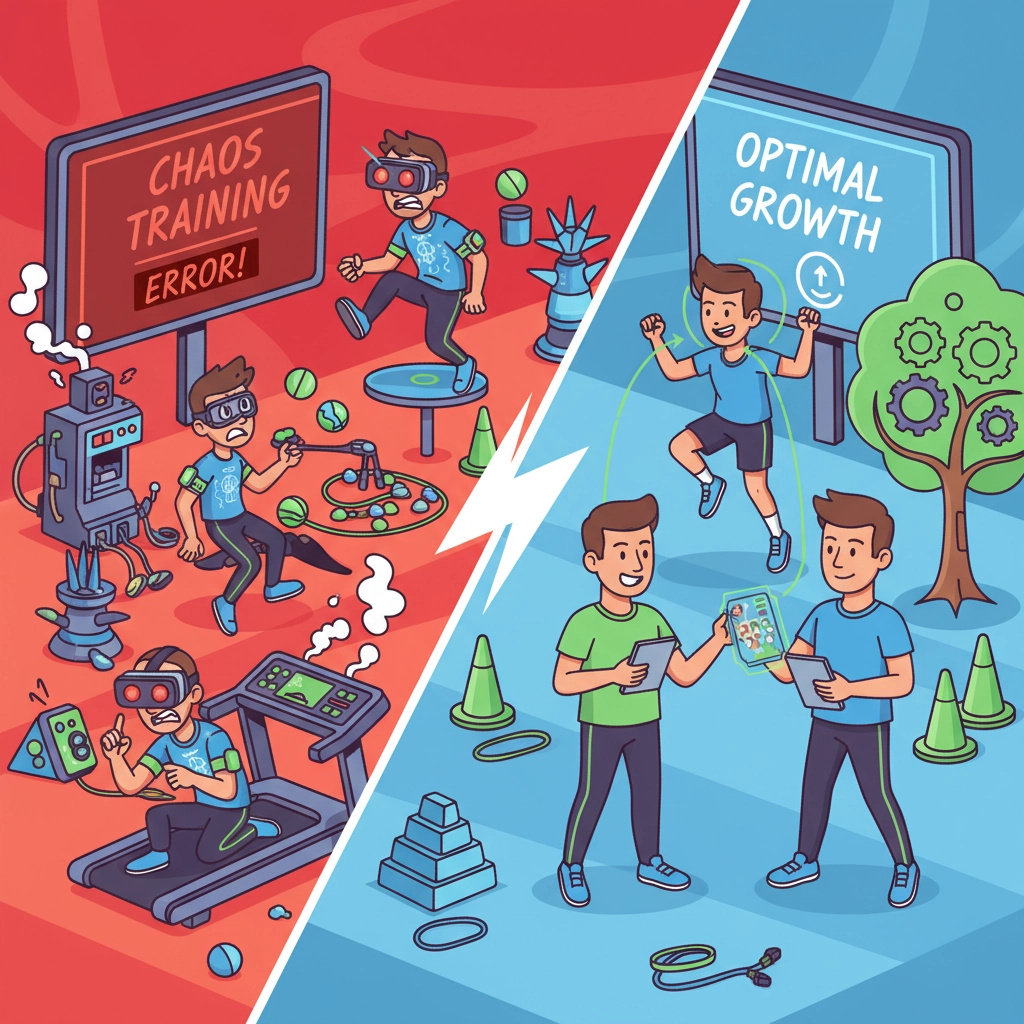Are Gimmicky Baseball Drills Ruining Your Kid's Development? Here's What Really Works
- Inside The Lines Sports
- 4 days ago
- 5 min read
You've probably seen them at the local baseball fields: coaches running kids through elaborate contraptions, flashy equipment, and complex drills that look more like circus acts than baseball training. Meanwhile, your kid comes home frustrated, confused, or worse, starting to lose interest in the game they once loved.
If you're wondering whether all these gimmicky drills are actually helping or hurting your young athlete's development, you're asking exactly the right question. The answer might surprise you: the drills themselves aren't usually the problem: it's the approach behind them.
Let's dive into what's really happening on youth baseball fields and uncover the training methods that actually build better players while keeping kids engaged and excited about the game.
What's Actually Holding Your Kid Back
The real culprit in youth baseball development isn't fancy equipment or creative drills. It's something much more fundamental: confusing game time with skill development time.
Here's the hard truth many parents don't realize: playing game after game without focusing on proper mechanics means your kid could actually be "getting better at getting worse." Every time they swing with poor form, field a ground ball incorrectly, or throw with bad mechanics, they're reinforcing habits that will be incredibly difficult to break later.

The Quantity Over Quality Trap
Think about it this way: if your child practiced piano by only playing full songs without ever working on scales, finger positioning, or reading music, how much would they actually improve? The same principle applies to baseball.
What matters most is developing the actual skill set needed to play at the next level, building the right mindset, and cultivating genuine passion for the game. This requires deliberate, focused practice on fundamentals, not just accumulating playing time or working through elaborate drill routines.
The Perfectionism Problem
There's another development killer that's even more dangerous than poor drill selection: the constant correction approach. When parents and coaches emphasize perfection as the standard and correct every single mistake, they can completely destroy a child's love of the sport.
Young athletes need encouragement and engagement, not relentless criticism. The goal should be gradual improvement and building confidence, not turning every practice into a stress-filled perfectionism session.
The Foundation-First Approach That Actually Works
So what does effective youth baseball development look like? It starts with a philosophy shift: less is more, and fundamentals are everything.
Focus on Mechanical Excellence
The most effective drills aren't the flashiest ones: they're the foundational exercises that build proper technique from the ground up. For hitting development, this means:
Hitting off a tee: This isn't boring busy work. Tee work develops consistent contact points and allows players to focus purely on swing mechanics without worrying about timing
Soft toss drills: Perfect for building hand-eye coordination and reinforcing proper swing path
Tennis ball reaction drills: These improve bat control and reaction time while keeping things fun and engaging

For slightly older kids (around 9 years old), you can add more specific mechanical drills like the anti-wrap drill, which builds proper load positions and provides immediate feedback on form.
The key is that these "simple" drills are actually working on the complex motor patterns that form the foundation of advanced play.
Embrace Small Group, Station-Based Training
One of the most effective training structures is organizing practice around different stations: hitting, fielding, base running, and pitching. This approach allows coaches to provide personalized attention while keeping all players actively engaged.
Why small groups work so well:
Better coach-to-player ratio means more individual feedback
Players stay more focused and engaged
Kids can work at their appropriate skill level
Less standing around waiting for turns
This is especially crucial for players under 12, where attention spans are shorter and the need for positive reinforcement is higher.
Making Skills Development Fun and Engaging
Here's where many programs get it wrong: they think "serious development" has to mean "boring drills." The reality is that the drills that work best are described as easy to set up, fun, and designed to keep kids excited while improving their skills.

Add Competition Elements Without Compromising Form
You can maintain focus on proper mechanics while adding elements that keep kids engaged:
Line drive competitions: Who can hit the most line drives off the tee in 10 swings?
Target practice: Set up cones or markers for fielding accuracy drills
Distance challenges: For older kids, controlled long-toss competitions
Form contests: Award points for proper technique, not just results
Keep the Bigger Picture in Mind
Every drill, every practice, every instruction should serve the larger goal of building love for the game. If your child is coming home frustrated, confused, or less interested in baseball than when they started, something needs to change: regardless of how "advanced" or "innovative" the training program claims to be.
Red Flags to Watch For in Training Programs
Not all baseball instruction is created equal. Here are warning signs that a program might be prioritizing flash over fundamentals:
Equipment-Heavy Approaches: If the program seems more focused on the latest gadgets and gizmos than on teaching proper form, be cautious.
Constant Game Play: Programs that are all games, all the time aren't developing skills: they're just providing entertainment.
One-Size-Fits-All Mentality: Every kid develops at their own pace. Programs that don't account for individual skill levels and learning styles often leave players behind.
High-Pressure Environments: If coaches are yelling constantly or creating stressful situations for young players, they're likely doing more harm than good.

What to Look For in Quality Instruction
When evaluating baseball training for your child, focus on programs that emphasize:
Progressive Skill Building: Each lesson should build on the previous one, with clear connections between what they're learning and how it applies to game situations.
Individual Attention: Look for low player-to-coach ratios and instructors who can provide personalized feedback.
Positive Reinforcement: Coaches should celebrate improvement and effort, not just perfect execution.
Clear Communication: Your child should be able to explain what they learned and why it's important.
The Long-Term Development Mindset
Remember, youth baseball development is a marathon, not a sprint. Quality practice trumps quantity every single time. Rather than piling on games and year-round play, focus on deliberate skill development in organized settings.
This approach prevents burnout, reduces injury risk, and maintains the passion that makes baseball enjoyable for life. Some of the best professional players came from programs that emphasized fundamentals and fun over flashy training methods and early specialization.

Your Next Steps
If you're concerned about your child's current baseball instruction, start by having an honest conversation with them. Ask what they enjoy most about practice, what confuses them, and how they feel about their progress.
Then, observe their practices if possible. Are kids actively engaged? Are they learning proper mechanics? Do they seem to be enjoying themselves while being challenged appropriately?
The bottom line: Skip the gimmicks, focus on fundamentals, emphasize quality over quantity, and remember that your child's long-term development: and enjoyment of baseball: matters far more than short-term wins or impressive-looking training equipment.
The best baseball instruction isn't about finding the most innovative drills or the latest training fads. It's about finding programs that understand how young athletes learn, develop, and stay passionate about the game. When you focus on that foundation, everything else falls into place naturally.

-with%20white%20strok.png)





Comments